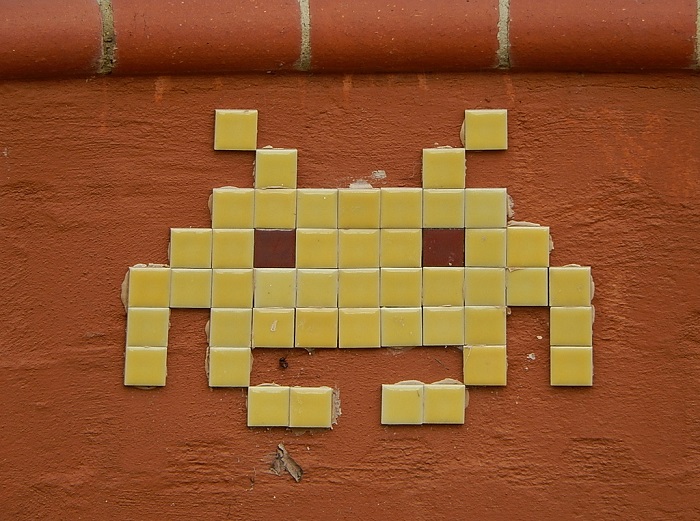Translating video games is a wonderful experience in localization, but it can be as tricky as tightrope walking.
As a professional translator, a video game provides a legendary experience in localization. In fact, translating video games requires flexibility, intuition, organization and a profound familiarity with the public, more so than any other job. This is because it requires you to translate instructions, exclamations and brief segments without context–while making sure they fit the linguistic, cultural and technical requirements of the target audience. It also means making every effort possible to give the impression that the game was created for teenagers in a certain country, without any of them ever suspecting that the game is available in 23 languages.
Video game localization is a tricky job that often involves complications associated with game contents, dialogues and menus, as well as the tutorials themselves. Remember that young players should be treated to an optimal experience where they can enjoy the scenery (when there is one) and the game world.
Specific Variables
As with any translation service, the misunderstandings associated with a lack of context can be avoided with detailed reference files. In the case of video games, when the segments to be translated are often uneven and isolated (with unmodifiable codes), any additional documentation can provide at least a little context. It is also necessary to pay attention to certain sociolinguistic elements (measurement units, misconstrued meanings, digital formats, address formats, date and time formats), technical aspects (window formats, fonts, default fonts, lowercase versus uppercase, characters, classifications) and also legal aspects (legal terminology used in each country, payment methods, currency conversion and taxes). This can be especially relevant in adapting games for the different countries of Latin America compared to Spain or the U.S. Latino market. To summarize, all text must be included and it should fit the text boxes.
For Game Developers, It’s a Nightmare!
Fluid communication with a developer of the game to be translated is critically important. This goes beyond simple semantic queries: according to the way the market operates today, most video games are translated during their initial building phases (the “Beta version” for experts). This allows them to be released in several languages at the same time, after an important phase of editing, tests, and last-minute changes. And this is where things can get complicated! The video game translator, who is already pressed for time, must also pay attention to the logs of the extensive user tests done by game designers. There will be bugs, not to mention phrases and words that don’t match what’s on screen. There may also be some bad choices made in terms of ambiguous terms and a lack of context (let me reiterate, it’s very important to know the background and setting of the game). Interface testers will nicely ask you to rework a few segments (for free). You may have to rewrite a phrase or two to make it shorter or more understandable. The final configuration phase is a huge job that can turn into a real nightmare, since almost everything needs to be tweaked… I warned you: translating a video game is nothing like translating a fairytale authored by the Grimm brothers!
The Tranlation Patch
What is a patch? It’s a language file that is used in most videogames. Scholars might not get much of this, but online players are very familiar with the “language patch,” which includes a package of “titles and texts” and/or a “voice” package in the preferred game language. Some specialized sites offer an incredible variety of languages for the reproduction of game titles and texts. The game voices are often available on these sites. The translator generally receives only the title and text of the project, along with a good localization tool. In terms of the voice, the audio scripts are provided in an Excel file to complete the configuration without any modifications using a certain number of characters for certain cells and taking care to avoid erasing any code. In fact, developers often have their own personnel with beautiful voices who insert their translations in the place of the original texts once they have the translated Excel files. Before this (or sometimes during this phase), actors record the translated phrases so the characters can be dubbed.
My tip for translators: don’t start translating a video game unless you’ve had a look at it and unless you have an advanced localization tool. This is what allows you to easily maneuver the many snares of video games: the many automatic testing functions, an essential interface of the main translation memories that can be used in most Windows formats, as well as text files and label formats (XML, HTML).
And of course, you will never look at a video game in the same way again!
Have a great year translating!
Translation into English: Edouard Garret
Discover our translation agency.



